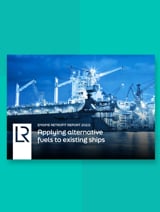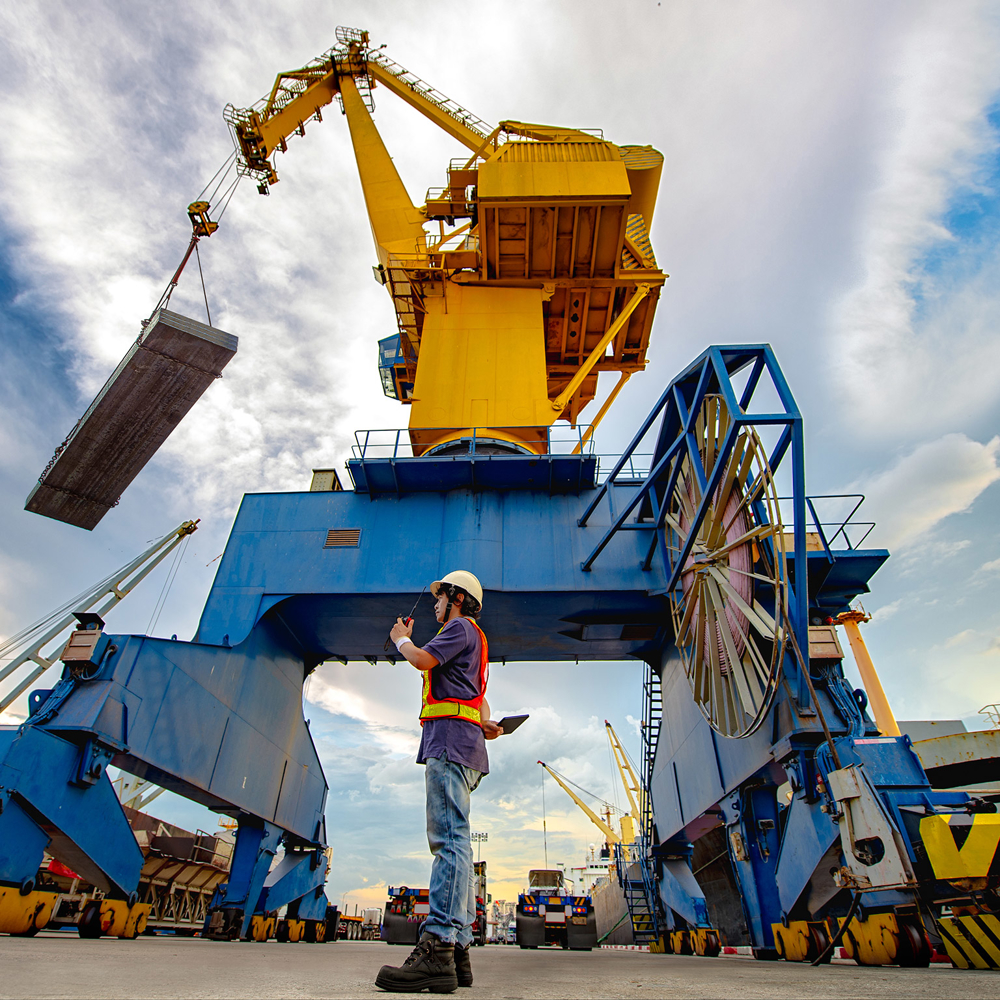An important piece of research has just been released which is likely to influence thinking on health, safety and risk inside and outside business organisations for years to come.
Historically, health and safety leaders measure accidents and facilities. Although there is much to learn from each tragic incident, by default each one is yesterday's news and provides limited insight for those of us looking to prevent accidents. There's been a real absence of meaningful insight in safety. That's why the World Risk Poll provides a new and much-needed additional source of data, by looking at the difference between people's perceptions of risk, and the actual likelihood of those risks becoming a reality.
The World Risk Poll was devised and commissioned by Lloyd's Register Foundation, the only global charity seeking to protect the safety of life and property. It does that through research. It's funded by the profits from Lloyd's Register.
It's the first time there's been a worldwide assessment of the risks people face in their working and home lives. 150,000 people were surveyed in 142 countries by Gallup, representing the views of 98% of the world's population on safety and risk. It's produced data from places where data is often lacking, yet where the risks to safety can be among the highest. The data that's been gathered is being made freely available to anyone interested. The poll will be repeated three times over 8 years, meaning there'll be a large data set to help make the world a safer place - the mission of Lloyd's Register.
The hope is that by understanding more about the risks people face around the world, and their assessment of those risks, businesses will be able to empower people to take action to help them feel - and be - safer. Good for business, good for all of us.
So what do the findings show?
Lessons to learn on the communication of risk within organisations
The poll has shown people's perceptions of risks differed from the likelihood of experiencing them. People tended to rate the likelihood of being in an aeroplane accident at the same level as the chances of drowning, even though an estimated 320,000 people die each year by drowning, compared to aeroplane accidents which kill hundreds of people annually.
There are several other examples of this gap between the perceptions and realities of risk. Our perception of risk is shaped by our environment and experience, but how we perceive risk can often differ from evidence. For example, most of us drive and feel comfortable doing this, yet for many employers, driving will be one of the highest risk work-related activities carried out by employees. Understanding the gap between perception and reality can help explain why unsafe situations or accidents occur.
From this, there are important learnings about how businesses communicate risk to their employees. It's entirely possible that workforces are putting the wrong level of focus on activities perceived as risky, while at work. By using insight and data to understand where the risks really lie, communications within organisations can be targeted more effectively. That's why LR is creating an internal communications campaign for its engineers and inspectors who drive, alerting them to the risks which are easily forgotten in such a familiar environment as a car.
Diversity of the workforce and their differing needs
The World Risk Poll showed that while men and women were about as likely to believe climate change represents a 'very serious' threat to people in their countries in the next 20 years, men were more likely than women to say that climate change is 'not a threat at all.' There's evidence of a similar gender breakdown when assessing the risks of coronavirus.
It's just one example of the diversity in the workforce that needs to be considered in any risk communications campaign. Safety communication continues to have a very 'top-down', homogenous approach.
As our workforce better represents the gender and ethnicity of our communities, employees need to consider if we all experience risk in a similar way, and indeed receive communications about those risks in the same way. The World Risk Poll found stark differences between how women and men experience risk, and the safety issues that concern them. Studies have shown that women are more risk averse and men, on average, more apathetic to risk. The poll supported this trend, yet most organisations continue to communicate safety risks in an identical way, as if we all perceive risk in one homogeneous manner. Advertisers would not group such an audience as one, so why do we do this for safety? Employers should consider this.
As well as safety communications like this often being 'one size fits all', it's often also 'one size fits a man', as explained through a rigorous exposition of safety data by Caroline Criado Perez in her book 'Invisible Women', brimming with examples of gender bias in our world, from personal protective equipment that doesn't fit women, to seat belts based on male anthropometric data, with tragic results.
Organisations need to be aware of these biases when communicating to their different workforce audiences. One size does not fit all.
Adjusting to emerging risks
COVID-19 has been one of the biggest risks to emerge from this year, or any year. The World Risk Poll was carried out before the pandemic swept across the world and is the last baseline assessment of how we perceive risk in the days before COVID. When the research is repeated, in two years' time, we'll see how COVID has - or hasn't - changed our perception of risk.
Our response to the pandemic tells us a lot about how we adjust to emerging risks. I consider the pandemic a dry run for our ability to adapt to climate change. The poll shows almost 70% of people worldwide recognise the threat from climate change in their country in the next 20 years - a success story in communicating risk. Organisations should be harnessing this awareness to gain buy-in with workforces, because businesses need to transform the way they operate now, to survive in an increasingly unpredictable world. Will the way we have adapted to coronavirus affect our ability to tackle the changes caused by climate change?
The World Risk Poll will be a valuable source of data about the difference between the perception and realities of risk. Our job, as the people communicating about risk to our workforces, is to use that data to adapt what we say, and how we say it.






